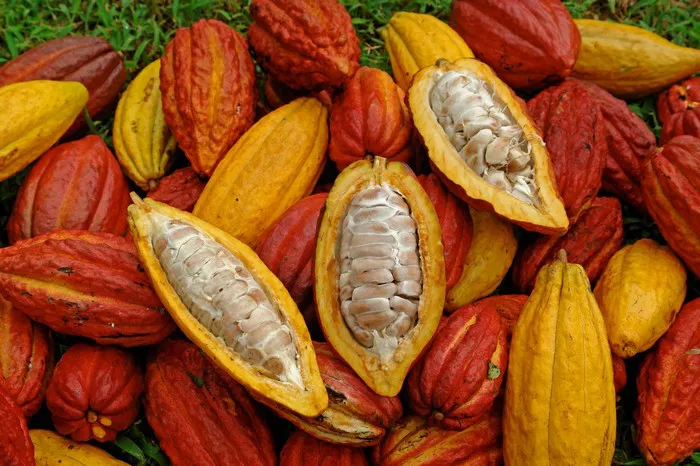Researchers at the University Grenoble Alpes (UGA), France, in collaboration with the European Synchrotron (ESRF) based in Grenoble, France, have utilized the powerful X-rays at ESRF to uncover the defense mechanisms of cacao trees against the toxic metal cadmium. This breakthrough comes as new regulations from the European Union (EU) impose restrictions on cadmium levels in chocolate. Their findings are detailed in Environmental and Experimental Botany.
Cadmium is a hazardous metal known to accumulate in various foods, posing serious health risks upon chronic exposure, according to the Food and Agricultural Organization. To address this concern, the EU has set limits on cadmium concentrations in staple crops such as rice, wheat, potatoes, and most recently, chocolate.
While previous studies have investigated the transfer of cadmium from soil to edible parts of staple crops, research on cadmium in cacao cultivars has been scarce. Geraldine Sarret, a researcher at UGA and co-corresponding author of the study, emphasizes the importance of understanding how cadmium accumulates in cacao trees to develop strategies for reducing its presence in the final product.
The UGA team conducted their research at the International Cocoa Genebank in Trinidad and Tobago, collaborating with the Cocoa Research Centre to collect samples from approximately 2400 cacao genotypes. Subsequently, they utilized the advanced facilities at ESRF to examine a specific cacao cultivar known to absorb higher levels of cadmium than others. Employing synchrotron techniques including nano X-ray fluorescence on ESRF beamline ID16B and X-ray absorption on ID21, they analyzed the micro and nanoscale composition of various parts of the cacao plant.
Hester Blommaert, a Ph.D. student at UGA and co-corresponding author, acknowledges the crucial role of ESRF in enabling unprecedented resolution in mapping the presence of cadmium and other elements, allowing for both an overview and detailed examination of the samples.
Hiram Castillo-Michel, a researcher at the ID21 beamline at ESRF, highlights the significance of their research facilitated by ESRF’s advanced capabilities, particularly with the recent installation of a new microscope that promises enhanced resolution and detection limits.
The findings revealed an unexpected discovery: cadmium is stored in calcium oxalate crystals within the roots and branches of the cacao plant, with a notable abundance in the branches. Interestingly, although crystals were also found in the leaves, they did not appear to aid in detoxifying cadmium in this part of the plant. Blommaert suggests that these crystals may serve as a detoxification mechanism against the metal.
Furthermore, the researchers observed that cadmium combines with sulfur in specific cells within the roots, a mechanism similar to that found in cereals where cadmium is retained in vacuoles and bound to sulfur-containing molecules. However, in cacao, this mechanism is less pronounced, resulting in more cadmium being transferred to aerial parts.
Overall, the study highlights the distinct strategies employed by cacao plants in managing cadmium compared to cereals, particularly in terms of root-to-shoot transfer, storage compartments, and forms of storage.
Sarret underscores the importance of this newfound knowledge in selecting or breeding cacao cultivars with lower cadmium accumulation, thereby supporting safer cacao production in South America. However, she emphasizes the need for further studies involving different types of cacao plants and varying environmental conditions to refine strategies for cadmium management effectively.


